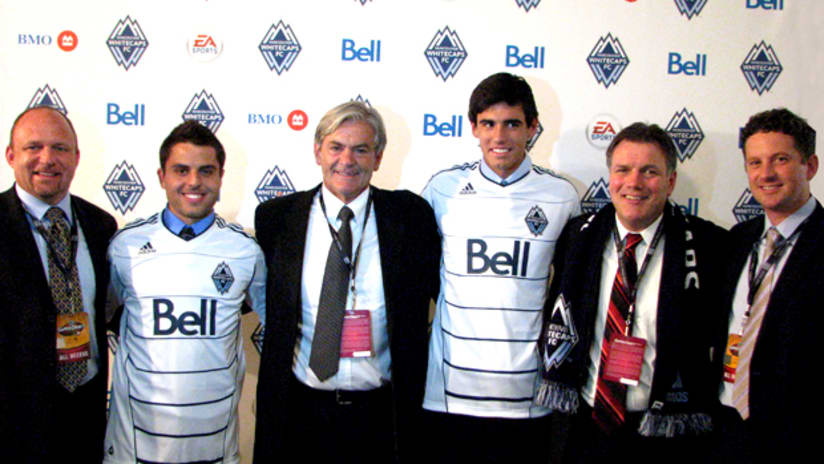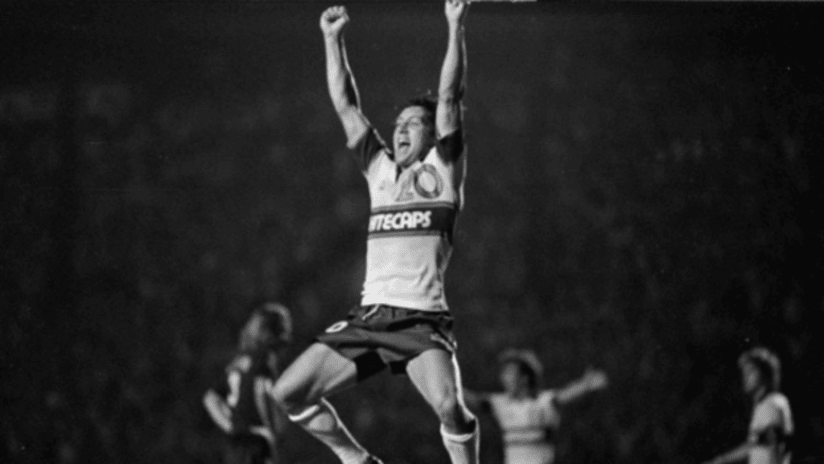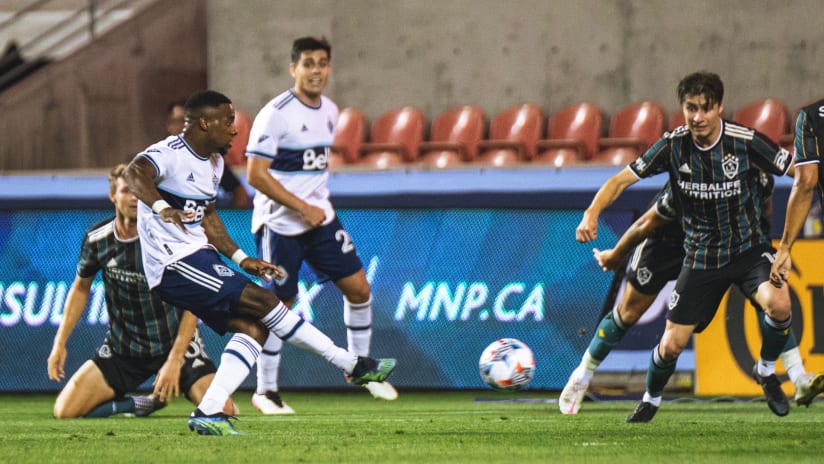As we reflect on last week's MLS SuperDraft, each team is going to be scrutinized by their fans and media on the picks they have made.
Did they do enough, was it a gamble, or did they miss out on certain players? This can be fun and we have these options because we care about our clubs. What we will never know is how these draft picks were affected by how an MLS team is put together.
The MLS operates under a single-entity structure, in which clubs are centrally owned, though not owned by the league. Each club has an owner-operator and the team owners are shareholders in the league. In order to keep costs under control, revenues are shared throughout the league. Players' contracts are negotiated by the club and the league, which ultimately means that players are contracted not with individual teams, but with MLS itself.
There is a salary 'foundation' and each team works within a cap system. As part of the 2010 collective bargaining agreement between MLS and the MLS Players Union, the 2011 salary cap is $2.675 million, with an automatic five per cent increase each year until the expiration of the agreement at the end of the 2014 season.
Then there is the Designated Player (DP). This rule is informally named after star David Beckham, in anticipation of MLS clubs signing lucrative deals with internationally-recognized players of Beckham's calibre.
For each DP, $335,000 of his salary is charged to a club's salary cap and paid by the league, with any remaining salary being paid by the team’s owners. This amount is halved for a DP that is signed in the middle of the season. The salary cap value of a DP can also be reduced using allocation money (which I will explain below). Finally, teams whose DP transfers abroad in the middle of an MLS season can re-coup part of a DP's salary cap value.
Each team is allowed three DP spots, and these spots can no longer be traded. Clubs that decide to execute their third DP spot pay a $250,000 Luxury Tax. This $250,000 would be distributed equally to all MLS teams that have not signed a third Designated Player, in form of allocation money.
In Major League Soccer, an allocation represents an amount of money that clubs can use to sign players and/or allocate to their salaries to get under the salary cap. Allocations are given to teams that have missed the playoffs the previous seasons, given to expansion teams (yeah!), or awarded as compensation for players lost. This can be when a player is sold to a foreign club (Brian McBride), left on a free transfer (Clint Mathis), or retired (Cobi Jones). Allocations can be split and/or traded. Whether the allocation is given and its size is determined by MLS, the details are not disclosed to the general public.
In 2010, each MLS club had a roster of 24 players and had a chance to add two homegrown players. With the re-birth of the MLS Reserve Division in 2011, each team will now carry between 28 to 30 players. Roster spots 1 to 20 count against the cap, while spots 21 to 30 are for development players, including homegrown players.
The MLS homegrown player rules states that eligible players must have been a member of the club's youth system for at least one year prior to placement on a team’s homegrown player list. Homegrown players do not count against the salary cap, which certainly encourage clubs towards even more player development, which is a league initiative.
Given all this, you can see the importance of a Tom Soehn to Vancouver Whitecaps FC and our coaching staff. With Tom’s knowledge of the league and how it works, we are using his vast experience as a player and a coach in the league to put together a squad that gives us the best chance of winning in our first MLS season. And with the recent addition of Denis Hamlett, we have added another key component to our coaching staff, which gives us even more MLS experience on the coaching side.
With the SuperDraft done for this year, you can rest assure that the roster work at Whitecaps FC is not done. But we are a lot closer to the finished product with a better idea of what we have in our squad come our MLS debut on March 19 against Toronto FC.





